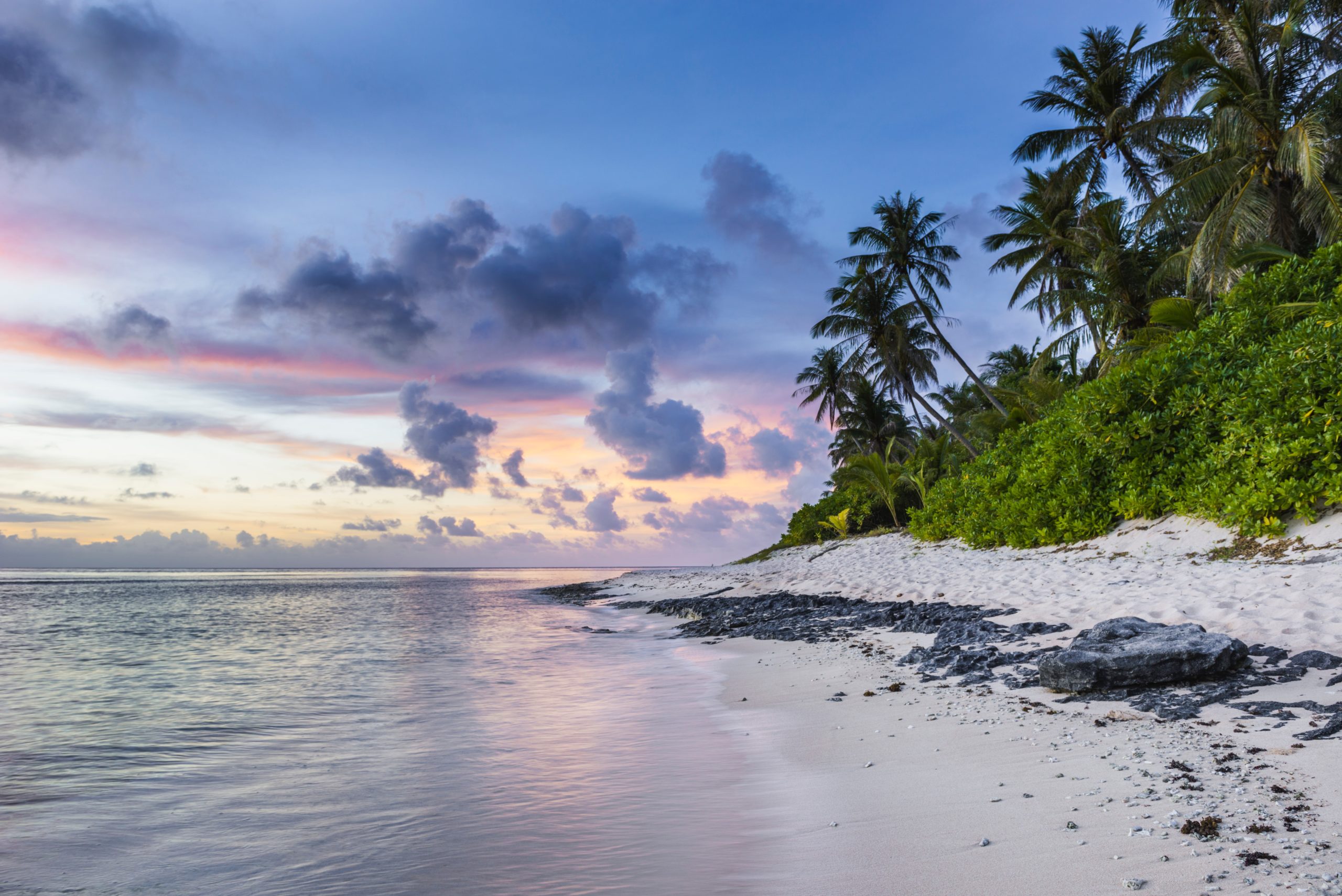Skift Take
Are you ready for the return of incentive travel? Here are six data-based trends to help you plan ahead.
With today’s staffing crunch, recruiting, retaining, and engaging employees is again rising to the top of the agenda for companies looking to remain competitive in this tough job market. And that means travel incentives, which pretty much ground to a halt over the Covid pandemic, are starting to rev up again.
In fact, according to the Incentive Research Foundation’s Industry Outlook for 2022, overall incentive budgets for North American companies were expected to jump by more than a third this year to provide incentive award winners experiences that just couldn’t be replaced by Covid-era virtual events and cash rewards. In Europe, that overall budget increase was anticipated at an even higher rate — 44%.
During a recent webinar held by SITE Global, Scott Siewert, president of Fab at Incentives, and Scott Lockey, senior director of sales and third-party partnerships with event tech provider Cvent, outlined some of the critical changes that are reshaping the incentive travel landscape, from sourcing and destination trends to the number of qualifiers and what’s happening with lead times. As Siewert said, “2021 was a qualifying year. 2022 is a liftoff year.”
Based on that panel, plus some additional new research, here are six trends incentive professionals should be thinking about as they start to plan their programs for 2023 and beyond.
1. Destination Bucket Lists Filled Mainly With Easy-To-Reach Spots
North American destinations are still at the top of most incentive planners’ lists — at least for now. According to data from Cvent and the Incentive Research Foundation (IRF), Hawaii and the Caribbean are still the biggest draws, closely followed by the Western U.S. Rounding out the top five are Western Europe, the Southern U.S., and the Eastern U.S. Other top spots include Alaska, Mexico, Canada, and Central America.
In fact, the top three destination types right now are beach/sunshine, adventure, and mountain areas. This isn’t surprising, given that incentive award winners have historically tended to prefer warm and beachy destinations, along with golf and ski locales. The rising popularity of some of the more adventurous destinations — which already was heating up pre-pandemic — could reflect the entry of millennials and Gen Z qualifiers, the webinar panelists said. Cruising also is on the comeback, said Siewert during the webinar.
While the list hasn’t changed much over the years, it may in the future. According to an IRF survey measuring incentive travel destination preferences, 67 percent of qualifiers want to go someplace they’ve never been before, so those tried-and-true destinations may soon bump up against some more out-of-the-way places that once may have seemed out of reach.
2. Lengths of Stay on the Rise
Just 8 percent of incentives are sticking to a short one to three-day pattern, according to data from Cvent that was highlighted during the webinar. The majority, at 50 percent, were four to six days, though seven to 10 days was not far behind at 38 percent — the latter, said Siewert, “are probably dealer programs, rather than employee incentives…these tend to be longer-haul incentives.”
3. Lead Times Starting to Normalize
Pent-up demand immediately after the worst of Covid passed caused some headaches for planners and destinations alike, both of which found themselves scrambling to satisfy that pent-up demand and meet short lead times. However, on what the webinar presenters called the “great news slide,” the distribution of event start dates for RFPs sent in June this year, compared to 2019, was starting to normalize.
4. Meeting Size “Sweet Spot” Continues to Grow
The sweet spot for travel incentive group size — 11-50 qualifiers — has not just recovered from its pandemic drop-off but has increased from 44 percent in June 2019 to 51 percent in June this year, according to Cvent data shared during the webinar. While the other group sizes have fluctuated a bit, the only actual drop-off between 2019 and 2022 was in very small groups of up to 10 qualifiers, which started at 34 percent in 2019, then gained ground throughout the pandemic to 39 percent last year, and now is holding at just 22 percent, according to the Cvent data.
5. CSR Magnifies the Transformational Potential of Incentive Travel
According to the recently released Leadership inSITEs, Edition 1, from SITE Global, corporate social responsibility, or CSR, programs are gaining in popularity for good reason — they make the travel incentive experience more meaningful for qualifiers. But they must have a real community impact, not just be a cute public relations feel-good stunt. “The positive returns of CSR incentive programming are clear for C-suite leaders,” the report stated. “The challenge now will be for companies to ensure activities are responsive to community needs and offer authentic benefits.”
6. Qualifiers Gain an Appreciation of the Upside of Downtime
While the temptation may be to cram as much fun into the trip as possible, what qualifiers really want is completely unstructured downtime. In fact, an overwhelming 87 percent of respondents to the recent IRF participant preferences study said they just wanted to gear down and relax on a travel incentive. That hang time even outstripped being able to bring their spouse (81 percent) or staying in ultra-lux accommodations (80 percent).
Incentive travel is coming back — and while some of the old patterns are re-emerging, there are also some new twists that can help translate that revived passion for travel into more qualifier satisfaction and, ultimately, a renewed commitment to achieving a company’s strategic and sales goals.





